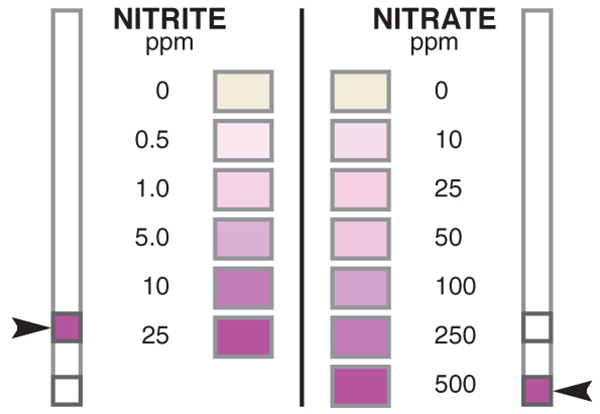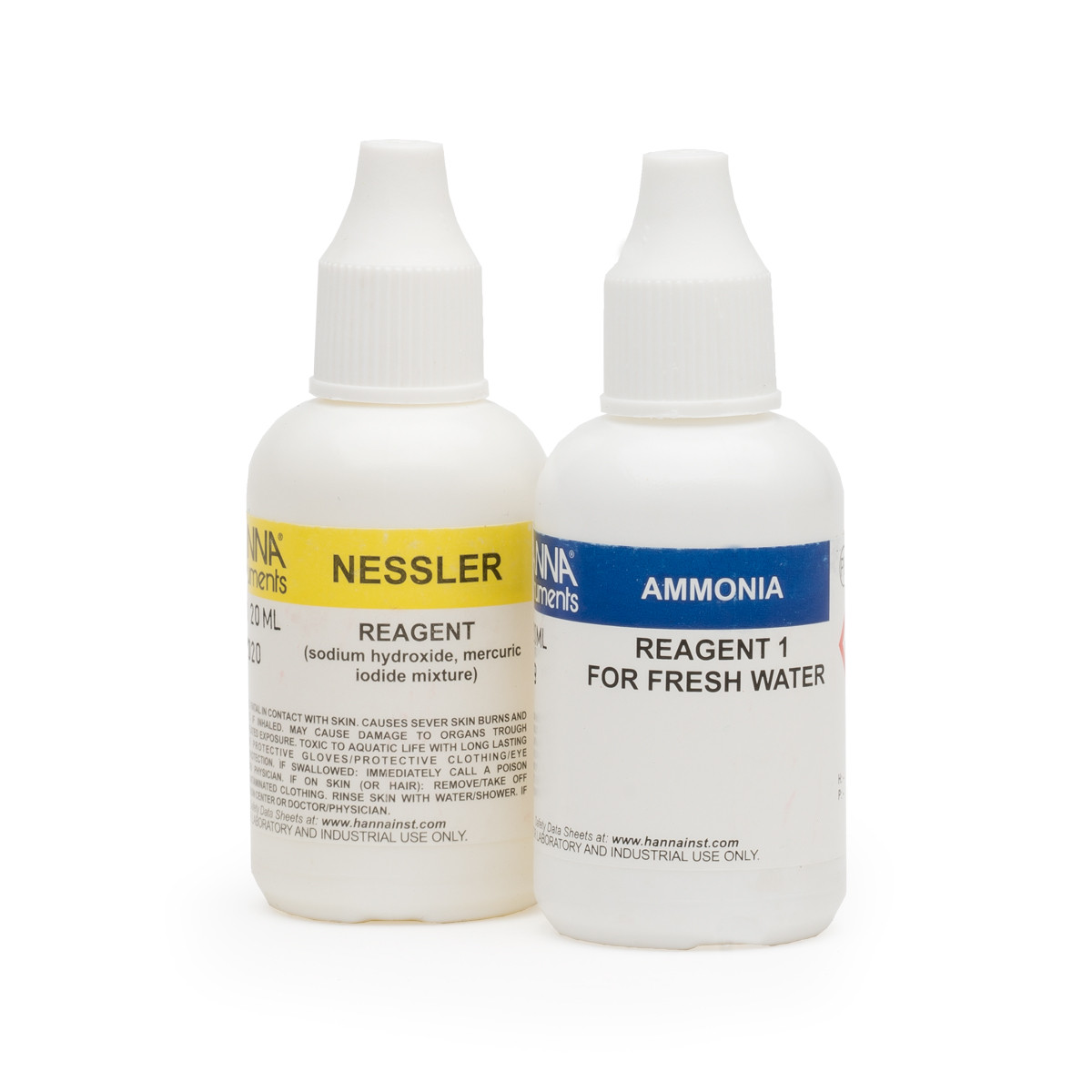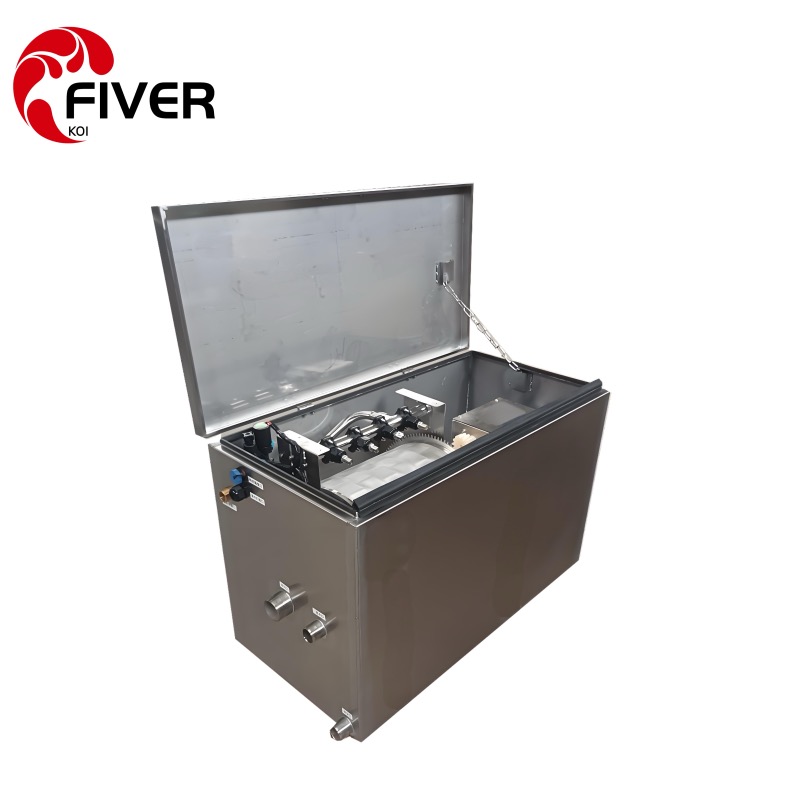Maintaining a healthy koi pond is essential for the well-being of your fish. Understanding and managing water quality is key. Let's dive into the basics of keeping your pond pristine.
Mastering Your Water Tests
Regular water testing is crucial for a thriving pond ecosystem. Focus on three primary parameters: ammonia, nitrite, and nitrate levels. These indicators will give you a clear picture of your pond's health. we should relay on metrical data instead of our feelings.


Tackling Common Water Issues

High ammonia and nitrite levels are common culprits behind unhealthy ponds. These harmful compounds can stress your koi and lead to diseases. To combat these issues, invest in a drum filter with UV disinfection. This powerful combination effectively removes solid waste and harmful microorganisms, significantly improving water quality.
The Role of Nitrates
While nitrates are less harmful than ammonia and nitrites, they can still impact your pond's ecosystem. Regular water changes can help manage nitrate levels.
Algae Control
Algae can quickly turn your crystal-clear pond into a green soup. Maintain proper water circulation and consider using a UV sterilizer to control algae growth.
Conclusion
By understanding these key factors and implementing effective filtration and water treatment methods, you can create a thriving aquatic environment for your koi.Remember, consistent water testing and maintenance are essential for a healthy pond.
To learn more about the water quality testing and controlling please watch this video.
Post time:2024-07-18
